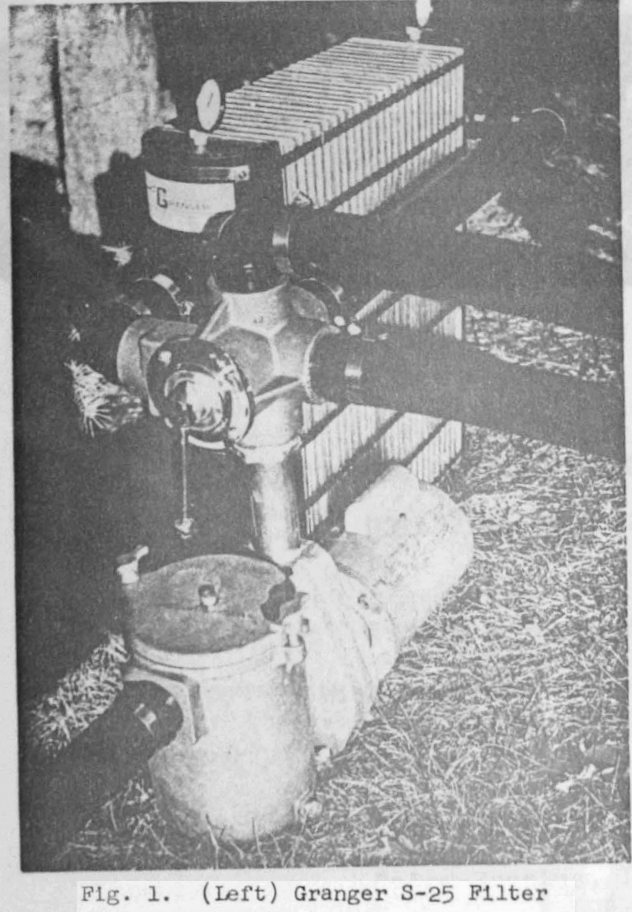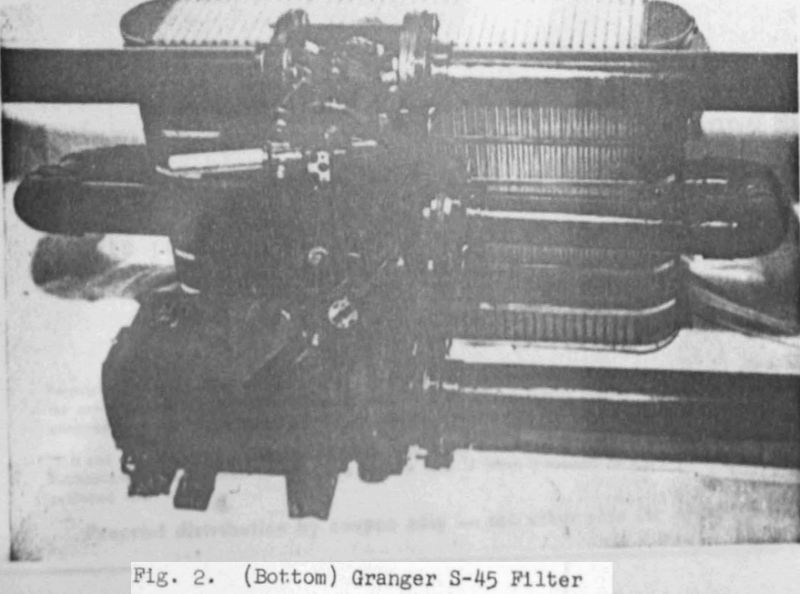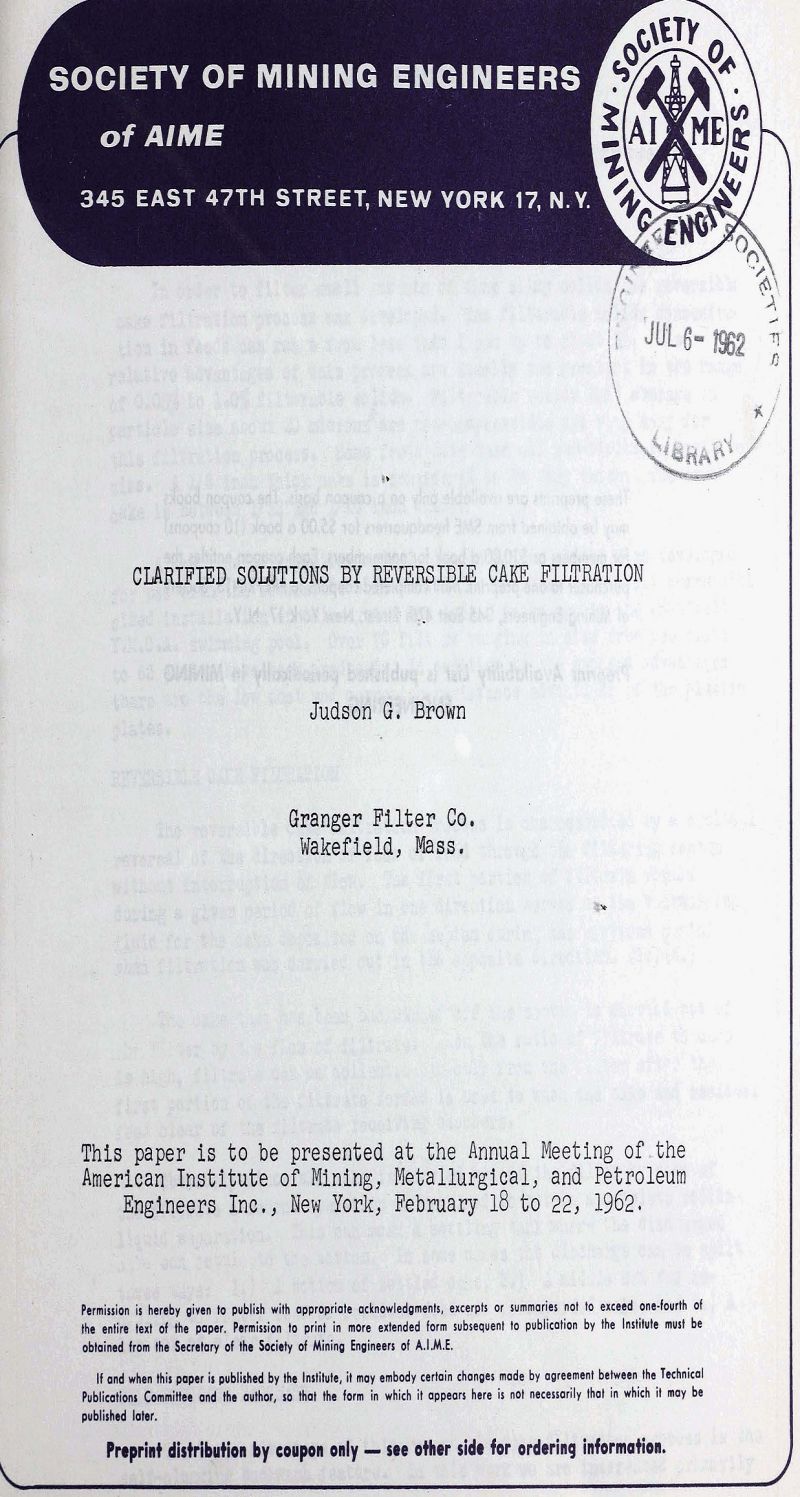Table of Contents
In order to filter small amounts of fine slimy solids the reversible cake filtration process was developed. The filterable solids concentration in feeds can range from less than 1 ppm up to about 5%. The relative advantages of this process are usually the greatest in the range of.0.05% to 1.0% filterable solids. Filterable solids that average in particle size about 20 microns & are non-compressible are very easy for this filtration process. Some feeds have been all sub-micron in particle size. A 1/8 inch thick cake is considered to be very thick. The usual cake is between 1/32 and 1/16 inch thick.
Reversible Cake Filtration
The-reversible cake filtration process is characterized by a cyclical reversal of the direction of flow of feed through the filtering septum without interruption of flow. She first portion of filtrate formed during a given period of flow in one direction serves as the backwashing fluid for the cake deposited on the septum during the previous period when filtration was carried out in the opposite direction.
The cake that has been backwashes off the septum is carried out of the filter by the flow of filtrate when the ratio of filtrate to cake is high, filtrate can be collected directly from the filter after the first portion of the filtrate formed is used to wash the cake and residual feed clear of the filtrate receiving chambers.
The basic advantage of this reversible cake filtration process is the self-plugging backwash feature. In this work we are interested primarily in the filtration of solids that form thin, slimy cakes, produce low flow rates, and that are hard to discharge.
In order to discharge by backwashing a given cake of this type from its filter septum sufficient pressure drop must be developed through the cake to break the mechanical bond between the cake and its septum. This required pressure drop can be obtained with a relatively low flow through, the septum and cake as long as the cake resistance is great. Therefore, a low flow will provide the required pressure drop as long as all of the cake is on the septum.
Reversible Cake Filtration provides a new solution to this problem of maintaining a sufficient pressure drop for cake discharge. The significant difference is that instead of backwashing with a clear non-plugging fluid, a plugging fluid is used. When a given segment of the cake has been discharged as described above most of the fluid flows through that section from which cake has been discharged.
Applications
Reversible cake filtration has been used experimentally for solution clarification studies and for solids recovery and dewatering studies. The solids recovery applications that have successfully been studied include less than 10 micron and sub micron feeds in the range of suspended solid contents of up to about 5%. Here the function is similar to a filter thickener. It was for these feeds that the process was originally developed and for which it still holds great promise. However, most work to date has been on feeds with much lower suspended solids contents and where the objective was clarified fluids.
The first full scale installations of these filters were in the filtration of swimming pool waters. The clarity of the filtrate obtained in this type of filtration is far greater than is required in most municipal and industrial water supplies and in most industrial process filtrations. Letters six inches high can be read through 60 foot of water when using underwater face goggles.



